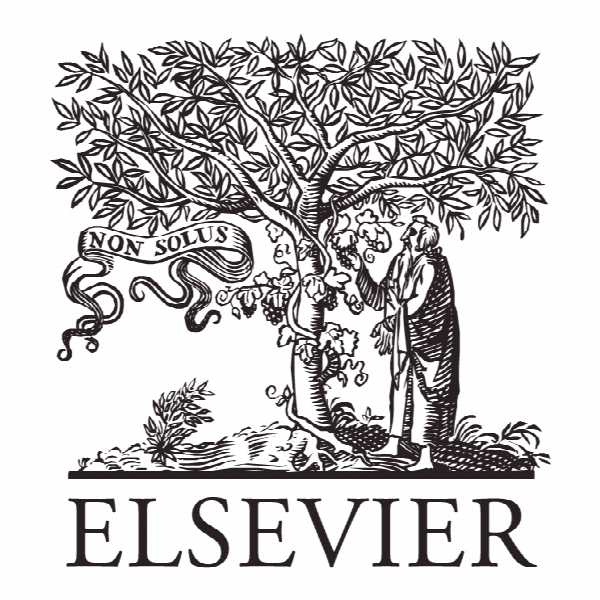ارتباط بین ویژگی های شغلی و سازمانی و استرس شغلی در میان کارکنان انجمن چینی The relationships between job and organizational characteristics and role and job stress among Chinese community correctional workers
- نوع فایل : کتاب
- زبان : انگلیسی
- ناشر : Elsevier
- چاپ و سال / کشور: 2018
توضیحات
رشته های مرتبط روانشناسی
گرایش های مرتبط روانشناسی صنعتی و سازمانی
مجله بین المللی حقوق، جرم و عدالت – International Journal of Law Crime and Justice
دانشگاه School of Sociology – Central China Normal University – China
شناسه دیجیتال – doi http://dx.doi.org/10.1016/j.ijlcj.2017.09.002
منتشر شده در نشریه الزویر
کلمات کلیدی انگلیسی Job stress, Role stress, Community corrections, Job and organizational characteristics, China
گرایش های مرتبط روانشناسی صنعتی و سازمانی
مجله بین المللی حقوق، جرم و عدالت – International Journal of Law Crime and Justice
دانشگاه School of Sociology – Central China Normal University – China
شناسه دیجیتال – doi http://dx.doi.org/10.1016/j.ijlcj.2017.09.002
منتشر شده در نشریه الزویر
کلمات کلیدی انگلیسی Job stress, Role stress, Community corrections, Job and organizational characteristics, China
Description
1. Introduction Job stress, which is generally defined as a worker’s feeling of job-related hardness, tension, anxiety, frustration and worry arising from his or her job (Cullen et al., 1985; Parker and DeCotiis, 1983), has been widely identified as a common occupational hazard among criminal justice practitioners. A closely related concept is role tress, which refers to the stress that an individual experienced due to his or her occupational role in a workplace (Rizzo et al., 1970). In the arena of corrections, recent studies have shown a consistent linkage between high levels of job stress and problematic behavioral and health issues, such as higher levels of burnout, absenteeism, turnover intention and actual turnover, and premature deaths, and lower degrees of job performance, organizational commitment, and job satisfaction among correctional personnel (Armstrong et al., 2015; Griffin et al., 2010; Hogan et al., 2009; Lambert et al., 2005). Given the detrimental impact of job stress on correctional staff, a large number of studies have been conducted over the past several decades to uncover the determinants of correctional job stress. This broad line of inquiry has focused on the influences of job and organizational characteristics, such as supervisor and coworker support (Armstrong et al., 2015; Atkin- Plunk and Armstrong, 2013; Garland et al., 2013; Liou, 1995; Misis et al., 2013; Paoline et al., 2006), instrumental communication (Garland et al., 2013; Lambert and Paoline, 2008), job dangerousness (Lambert et al., 2007; Lambert and Hogan, 2010; Lambert and Paoline, 2005, 2008; Misis et al., 2013), role conflict and ambiguity (Lambert and Paoline, 2005, 2008; Misis et al., 2013), and organizational satisfaction and commitment (Wells et al., 2009) on job stress. A few other studies investigated the effects of attitudinal orientations toward treatment and punishment on job stress (Atkin-Plunk and Armstrong, 2013; Liou, 1995). Almost all empirical studies also considered or controlled background characteristics, such as race, gender, age, education, supervisor status, and tenure, but their impacts were inconsistent and less than impressive (see, Dowden and Tellier, 2004 for a review).


